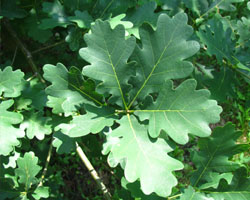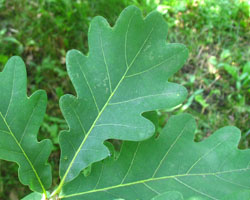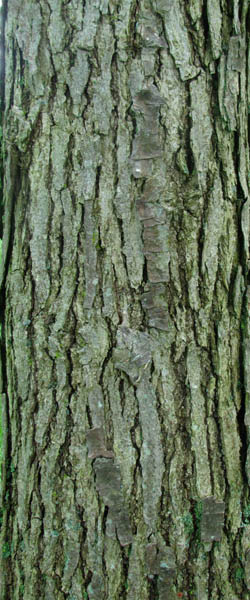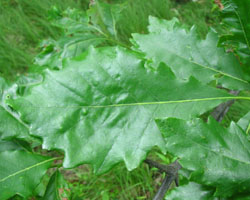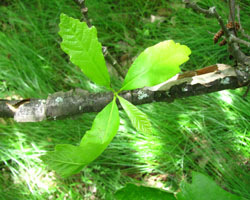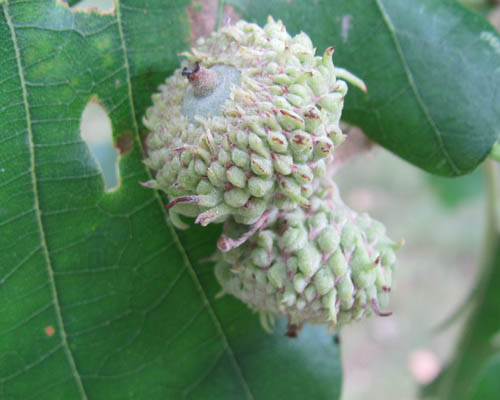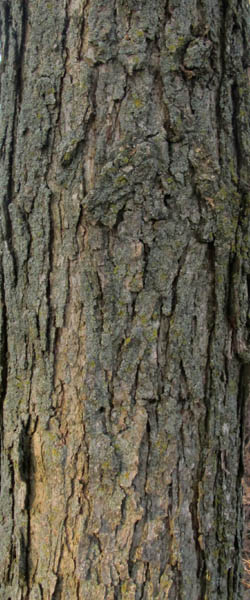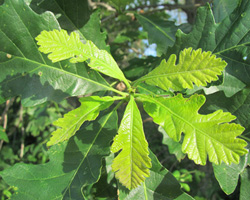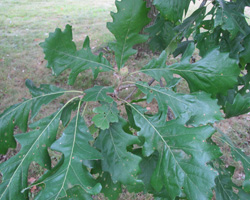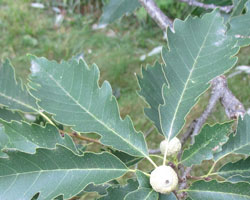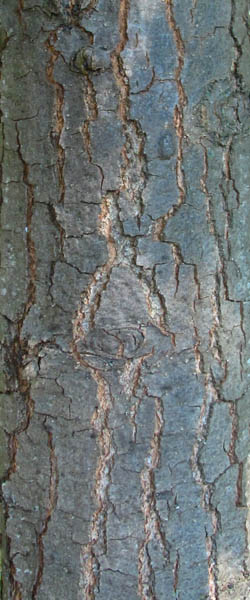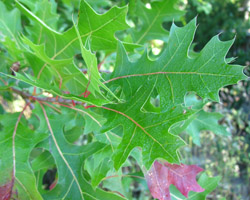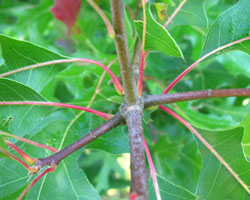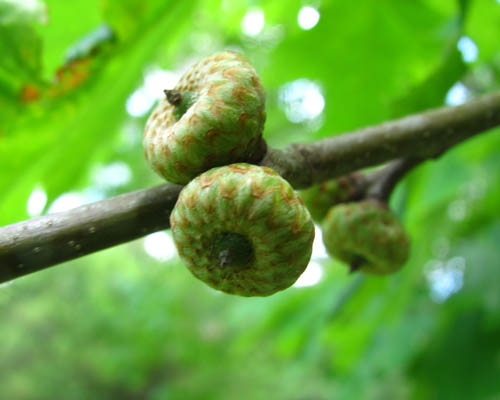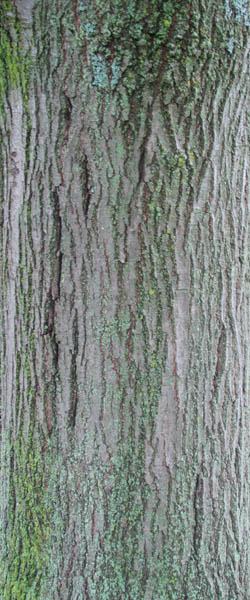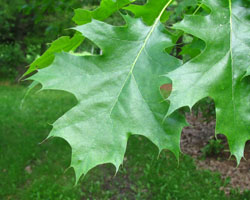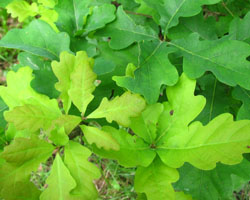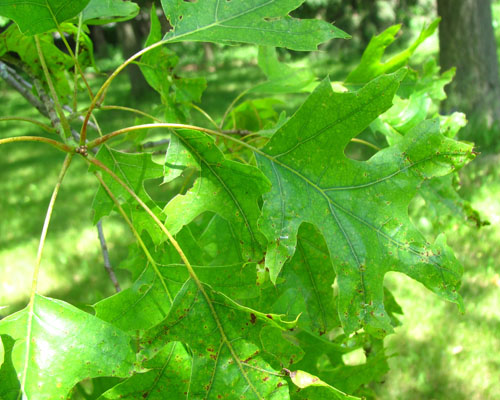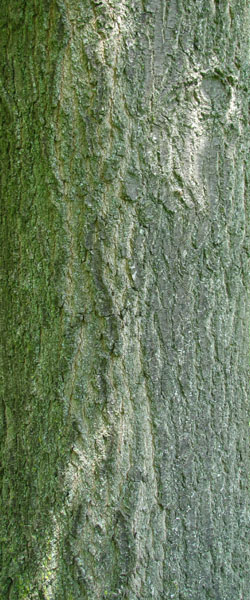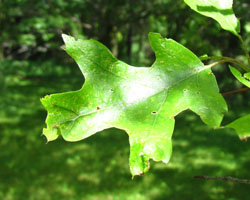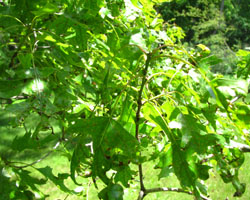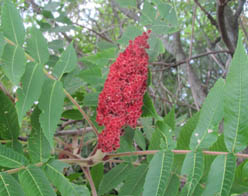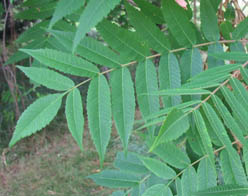Light
Soil
Clay - Sand = tolerant to variety of soils
Size
Width x height in metres (mouseover to switch to feet)
Rating
Between 1-10, 10 = Highly recommended to plant1 = Not recommended to plant
10
Highly recommended to plant
9
Recommended to plant, minor flaw
8
Recommended to plant, minor flaws
7
Recommended to plant, few unfavourable attributes
6
Recommended to plant, several unfavourable attributes
5
Recommended to plant, many unfavourable attributes
4
Not recommended to plant, extra care is likely required
3
Not recommended to plant, extra care is required
2
Not recommended to plant, likely to die prematurely due to pest or pathogen but has many good attributes
1
Not recommended to plant, likely to die prematurely due to pest or pathogen
<<<Previous Index Page 1 2 3 4 5 6 7 Next>>> Quercus alba - Salix nigra
Common Name Latin Name Light Soil
Rating
Quercus alba Clay - Loam
9
Slow-growing and produces a deep tap-root and several deep, spreading lateral roots
Wood is hard, heavy and strong
The acorn is edible when cooked and an extracted oil has been used to soothe painful joints
Quercus bicolor Clay - Loam
9
Also known as Swamp Oak
Slow-growing and is wood is hard, heavy and strong
Leaves are green above and whitish beneath as described by the Latin name
Quercus macrocarpa Clay - Sand
10
Also known as Blue or Mossycup Oak
Travis Cranmer's personal favourite
Used as a shade or street tree
Slow-growing and wood is hard, heavy and strong
Produces a deep tap-root and several deep, spreading lateral roots making it stable in high wind locations
Quercus muehlenbergii Clay - Sand
9
Also known as Chestnut Oak
Slow-growing
Wood is hard, heavy and strong
Quercus palustris Clay - Loam
9
Fine-textured foliage
Shallow fibrous root system makes it easy to transplant
Wood is hard, heavy and strong
Slow-growing and not favoured by the nursury indistry making it hard to find
Quercus prinus Clay - Sand
9
Very similar to the Chinquapin Oak - has similar leaves but the edges are rounded and not pointed
Wood is hard, heavy and strong
Slow-growing
Quercus rubra Clay - Sand
10
Also known as Gray Oak
One of the fastest-growing oaks
Wood used in flooring and furniture production and is hard, heavy and strong
Shade and street tree
Quercus velutina Sand
9
Also known as Yellow Oak
Slow-growing and wood is hard, heavy and strong
Once used as a source of yellow dye for cloth
SHRUB Rhus typhina Clay - Sand
7
Produces yellow-green flowers which result in bright red fruit clusters which remain attached most of winter (far left)
Planted as an ornamental for it's fall colour
Prune multple trunks if tree structure is prefered
Will sucker and spread from base but can be managed
Salix nigra Loam - Sand
6
Requires moist soil
Normally has more than one trunk
Fast growing
Numerous uses of the wood including furniture and cabinetry as well as polo balls
Not recommended in urban areas
Plant along streams to prevent soil erosion
Quercus alba - Salix nigra <<<Previous Index Page 1 2 3 4 5 6 7 Next>>>
Hosie, R. C. (1979). Native Trees of Canada. Don Mills, ON, Canada: Fitzhenry & Whiteside Limited.








![]()


